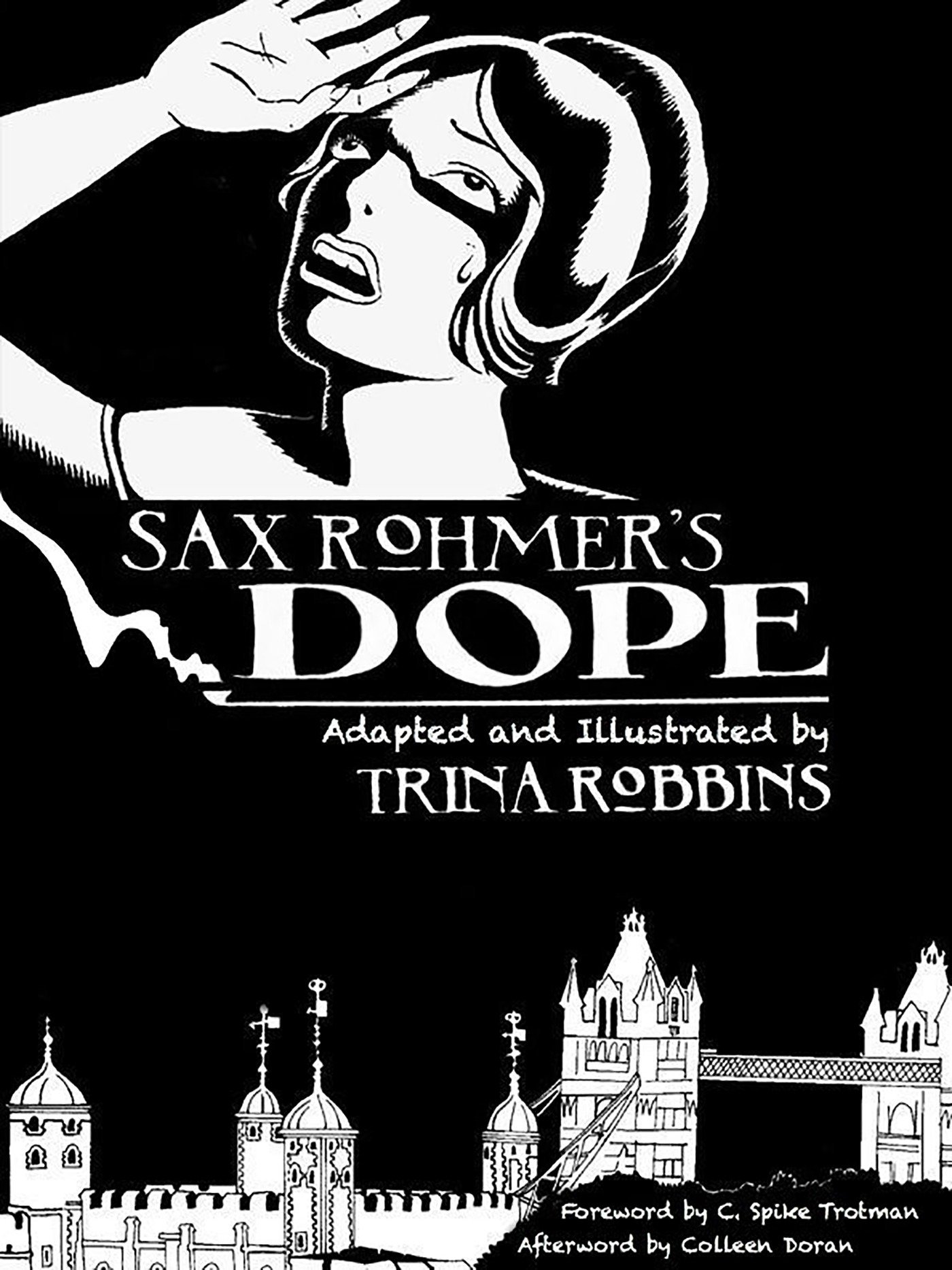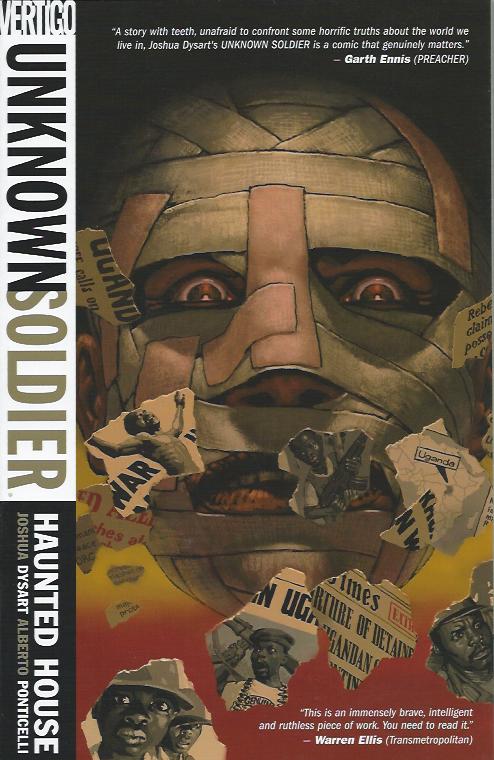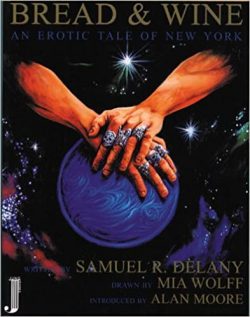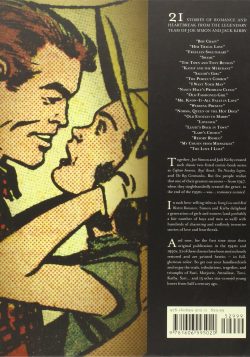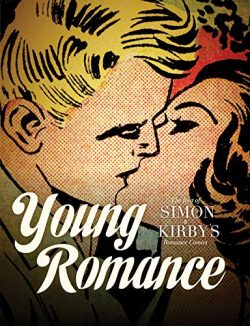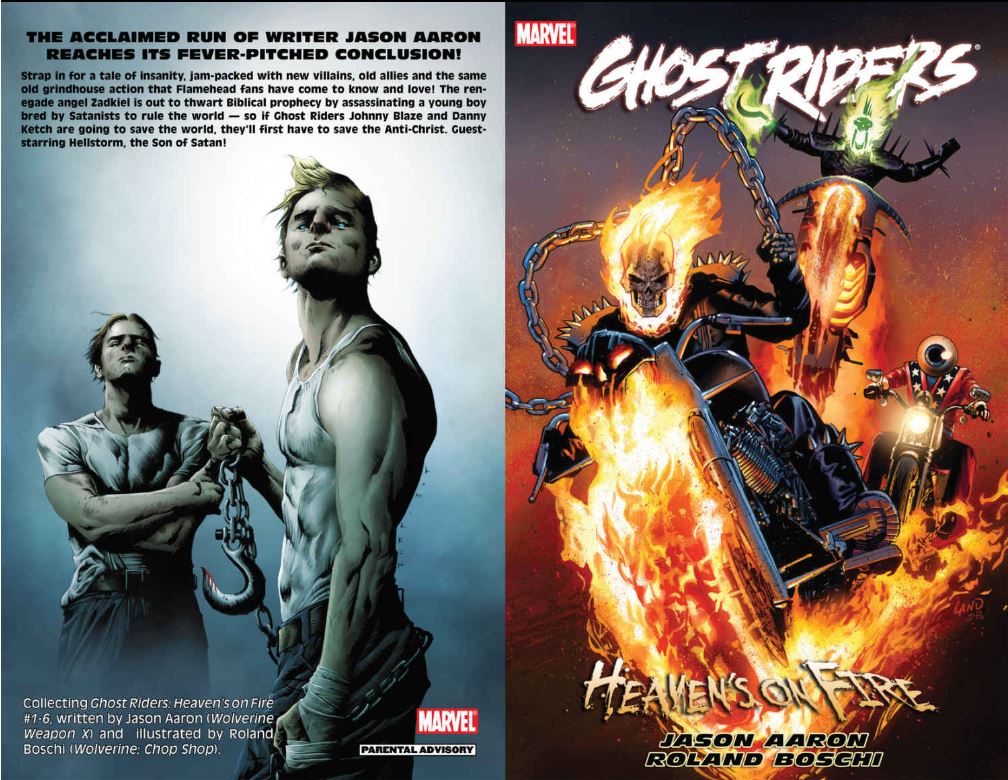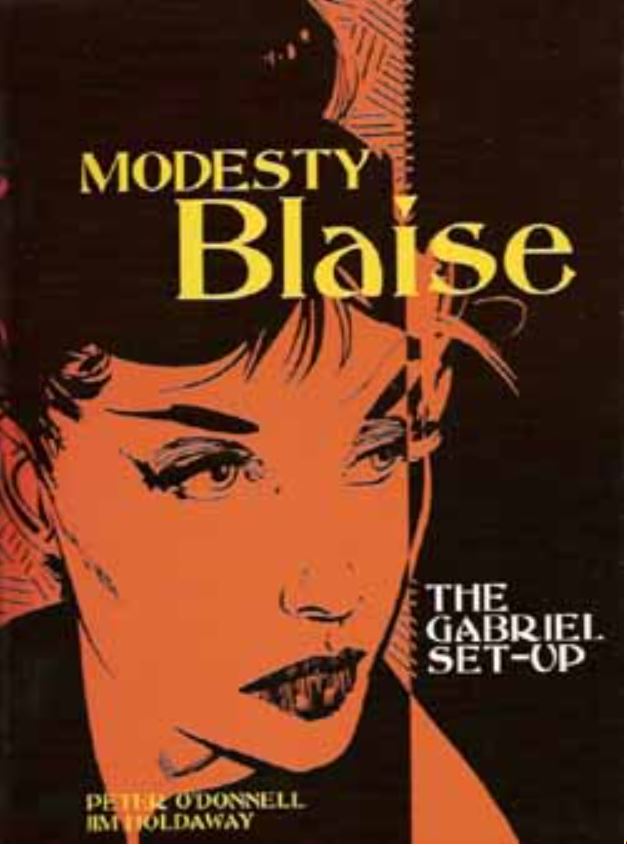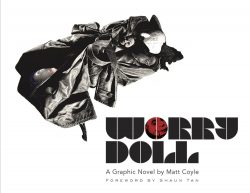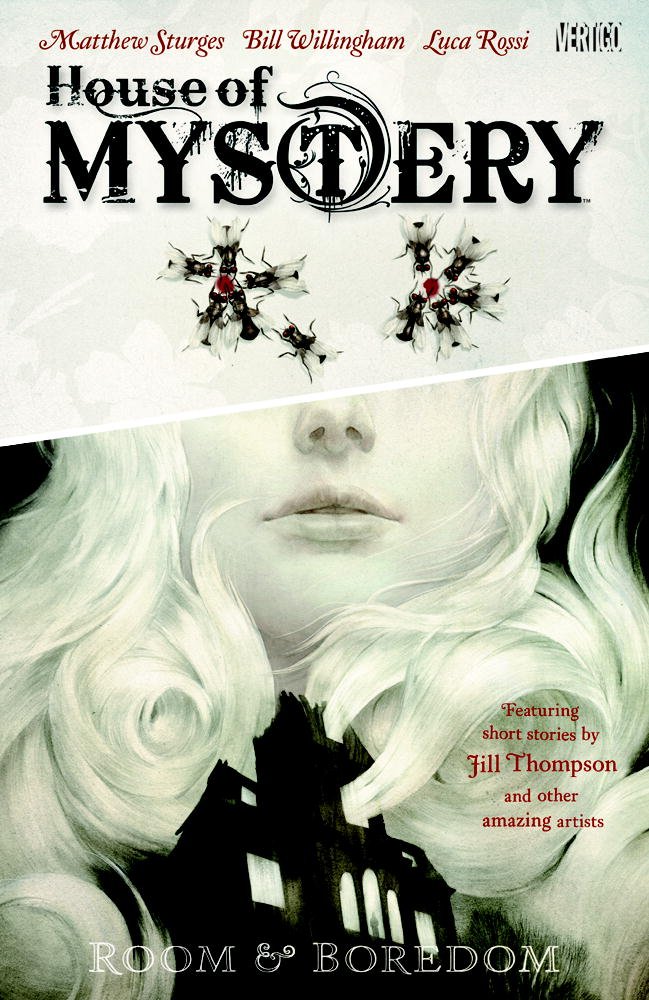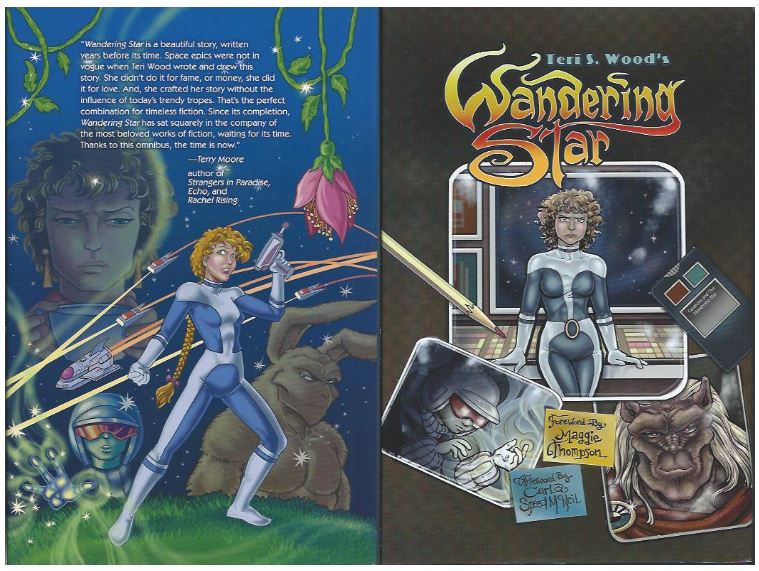
By Teri S. Wood (Dover Comics & Graphic Novels)
ISBN: 978-0-486-80162-9 (HB/Digital edition)
The 1980s were an immensely fertile time for English-language comics and creators. In America a whole new industry grew around a boom in specialist shops as dedicated retail outlets sprung up all over the country. Operated by fans, for fans, they encouraged and emboldened a host of new creators and publishers to experiment with format, genre and content, whilst eager readers celebrated the happy coincidence that for the first time in a long time they seemed to have a bit of extra cash to play with.
Consequently, the comics-creating newcomers were soon aggressively competing for the attention and cash of consumers who no longer had to get their sequential art fix from DC, Marvel, Archie and/or Harvey Comics. European and Japanese material started creeping in too, and by 1983 a host of young companies such as WaRP Graphics, Pacific, Eclipse, Capital, Now, Comico, Dark Horse, First and many others had established themselves and were making impressive inroads.
Most importantly, by avoiding traditional family-focussed sales points such as newsstands, and general stores, more grown-up material could be produced: not just increasingly violent or sexually explicit, but also more politically astute and intellectually challenging. And even – just occasionally – addressing classic genres with a simple maturity comic books had not been allowed to express since the Comics Code shut down EC Comics.
New talent, established stars and different thematic takes on old forms converged, finding a thriving forum hungry for something a little different. Small companies and even foreign outfits had a fair shot at the big time and many great publications came – but, almost universally, as quickly went – without getting the attention or success they warranted. The era encouraged many untried creators to take a shot and, although the surge led to a spectacular implosive bust, a few truly impressive series weathered the storm and left their mark.
One such was Wandering Star by Teri S. Wood who soldiered on to create a true epic. After self-publishing for years, in 2016 the entire 21-issue odyssey was collected in a monumental and prestigious hardback edition. We all hoped it would belatedly transform the tale from beloved cult classic to the pioneering trail blazer of comics science fiction it deserves to be. We’re not there yet, but the book is still available if you want to come late to the party…
Resa Challender started out as most cartoon aspirants did back then; selling strips to fan press publications (Amazing Heroes), progressing to a regular series gig at one of the smaller companies (Rhudiprrt: Prince of Fur for MU Press) and all the while looking for a signature concept to cement inevitable stardom.
For Teri/Resa that was proudly self-professed space opera Wandering Star, which she originally self-published in 1988 (Happy 35th, kiddo!) without appreciably troubling the comics-buying masses…
That original exuberant, raw-edged first episode is included in the copious Bonus Material section at the back of this book, accompanying an Afterword from Carla Speed McNeil (and I will get around to covering her fabulous Finder series soon…), plus a 30-page full-colour section displaying a vibrant gallery of covers and promotional prints created during the series’ original run from 1993-1997 …and again Happy Anniversary!!
Nearly 500 pages earlier Maggie Thompson starts the ball rolling with her reminiscence-rich Foreword, recalling the author’s early days and connection to Comics Buyers Guide, which Wood expands upon in her own fact-filled Introduction.
When she was ready, Teri S. Wood returned to her 30-page draft of Wandering Star and severely retooled it. The result then launched through her own Pen and Ink Comics for 11 issues of a loudly touted 12 issue maxi-series, before being picked up Sirius Press who took away all the administrative hassles and let her get on with writing and drawing it until its actual conclusion with #21.
I called this a space opera, and it qualifies in the truest sense of the term. The story of an Earthling stuck at a hostile pan-species university overcoming alien prejudice and – with a small group of allies – becomes instrumental in stopping a vast intergalactic war is the very essence of that particular genre, but Wandering Star was different then and still delights today because it avoids all the easy pit-stops and pitfalls of the trope.
There is an overwhelming threat to universal peace, there is a monstrous and dreadful cosmic personal antagonist (in the form of brutal Commander Narz) and there is a doughty, trusty crew of allies. These include blind psionic powerhouse Madison, energy being Elli, wise old veteran Graikor and hateful bully-turned-staunch-comrade Mekon Dzn Appogand, plus (latterly) fellow human Joey – all frantically hurtling across the cosmos as embattled heroes trying to keep the fugitive vessel Wandering Star out of the clutches of an invading army willing and able to rip the Galactic Alliance to shreds…
From the start Wood favoured emotional involvement rather than over-used and obvious action/spectacle to engage her readership: deftly utilising the serial form to shape cast and characters, and show scary, painful, funny and ultimately intimately revelatory moments.
Stooping to an obvious if rather unfair comparison, it’s something Star Wars movies have never accomplished, and why those players are so wooden and 2-dimensional, whereas TV series like Star Trek (especially Picard and Strange New Worlds), Farscape, Firefly or Killjoys excel at making theirs authentic and believable. They use screen time for interaction, not extra action…
That’s not to say that there isn’t plenty of cataclysmic cosmic conflict and ominous, last-ditch clashing, only that Wood knew from the get-go that people – no matter what shape, colour or construction – are infinitely more interesting than one more exploding planet or looming astral dreadnought. Most importantly, she knew how to use them and when to expend them for maximum impact…
It all begins on peaceful planet Machavia as history student Aldar tracks down celebrated recluse Casandra Andrews and convinces the aged Earther to share the true story of how 30 years ago a bunch of raw kids on the legendary Wandering Star saved the Galactic Alliance from the seemingly invincible, duplicitous and rapacious Bono Kiro Empire…
Potent, powerful, uplifting and breathtaking authentic, this is a war story that deals with consequences rather than simple victories and defeats.
Wandering Star is a true and pure example of sequential narrative as Art. Wood produced it practically as a labour of love; for precious little financial reward or public acclaim. She improved and gained confidence with every page and every issue and she did it because she had a story that wouldn’t let her go until she told it…
And once you read it, it won’t loosen its hold on you, either…
© 1993, 1994, 1995, 1996, 1997 2016 Teri S. Wood. Foreword © 2016 Maggie Thompson. Afterword © 2016 Carla S. McNeil. All rights reserved.

